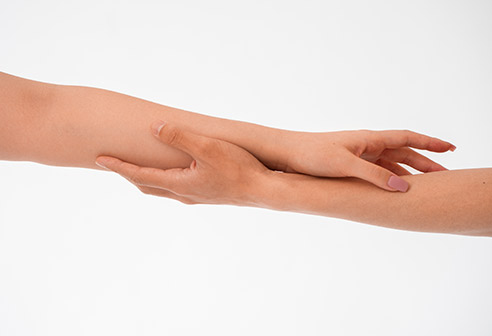
Tattoo, a highly popular art form today, is the creation of designs or symbols on the skin through the injection of permanent ink beneath the skin. With thousands of years of history, tattooing is applied using traditional or modern techniques. This procedure, which includes many purposes such as aesthetics, personal expression, reflecting beliefs or memories, and forming bonds with communities, is important to be performed in a sterile environment and by professionals.
Can Lead to Regret
A tattoo, initially made with great desire, can lead to regret over the years for various reasons. Tattoos on the skin may need to be removed due to allergic reactions or scarring, problems encountered in job applications, divorces, simply no longer liking it, or the desire to get a new tattoo.
Must Be Done by a Physician
Unconscious tattoo removal procedures can lead to permanent aesthetic problems and financial losses. It should be remembered that tattoo removal is a medical procedure. It is absolutely essential that its diagnosis and treatment be carried out by a physician specialized in this field.
Which Method Is Used for Tattoo Removal?
The most important factors in removing permanent tattoos applied in different colors are color and depth. In the past, methods for tattoo removal from the skin were inadequate. However, in today's modern technology, it is possible to get rid of unwanted tattoos. Now, specially designed Q-switch Nd:Yag (tattoo) lasers are preferred for removing permanent tattoos.
What is Laser Tattoo Removal?
With the widely used Q-switch Nd:Yag laser for tattoo removal, permanent makeup, and spot treatment, pleasing results are obtained. During the procedure, the dye molecules used for the tattoo are destroyed with the help of high-intensity laser beams with a special wavelength. With this method, the dissolved dye molecules are absorbed by the body. Laser beams cause less damage to the tissue while destroying the color pigment.
Factors Affecting Success in Tattoo Removal
The laser tattoo removal method covers a long and arduous process. In some cases, a hundred percent result may not be obtained. There are many factors that determine how successful a tattoo removal will be. Sometimes a tattoo can be removed in two sessions, while sometimes the traces on the skin may not completely disappear even after ten sessions. In tattoo removal application, session periods can last from 6 to 8 weeks. The number of sessions can vary depending on the color, quality, and depth of the dye used in the tattoo.
How is Laser Tattoo Removal Performed?
Before the laser tattoo removal procedure, tattoo and skin analysis is performed in a clinical setting. After the necessary examinations are done, the laser technology designed for tattoo removal transmits light to the epidermis layer of the skin. In this way, it is aimed to absorb and eliminate the compounds that give color to the tattoo in the epidermis layer and under the skin. The wavelength of the laser beams can be adjusted according to the size, intensity, and color of the tattoo. More effective results can be obtained with black dyes under the skin that are strongly perceived by the laser.
Which Lasers Are Used in the Procedure?
For tattoos predominantly in dark blue, navy blue, and black colors, Q-Switched Nd:YAG 1064 nm laser can be preferred. For tattoos dominated by red color, Q-Switched 532 nm Nd:Yag laser can be used. Q-Switched Ruby (694 nm) and Q-Switched Alexandrite (755 nm) lasers can be an ideal option for green tattoos.
Will There Be Scars After Tattoo Removal?
Approximately 20 percent lightening in tattoo color occurs in each session. In multi-colored permanent tattoos, the removal process can extend over a longer period.
Does Laser Tattoo Removal Hurt?
Tattoo removal is performed using a Q-Switch ND-YAG laser and a cooling device, with cream or local anesthesia, protecting the epidermis layer. Bleeding and scabbing may be observed in the application area. Antibiotic creams are recommended to repair the skin and prevent infection development.
What to Do After Tattoo Removal?
After laser tattoo removal, the skin should not be washed with water for the first 24 hours. One day after the procedure, a warm shower can be taken. For one week after the procedure, environments that are excessively hot and humid, such as solariums, Turkish baths, saunas, and steam rooms, should be avoided. The treated area should not be scrubbed during showering. If scabbing is observed on the skin, swimming pools and the sea should be avoided. Makeup should be avoided for the area where the removal was performed. When the procedure is completed, a suitable moisturizer should be applied to the skin.
When Are the Effects of Tattoo Removal Seen?
The effect of laser tattoo removal can vary depending on certain factors. These factors can be listed as follows:
- The size of the tattoo,
- Color intensity,
- The type of ink,
- The individual's skin type.



